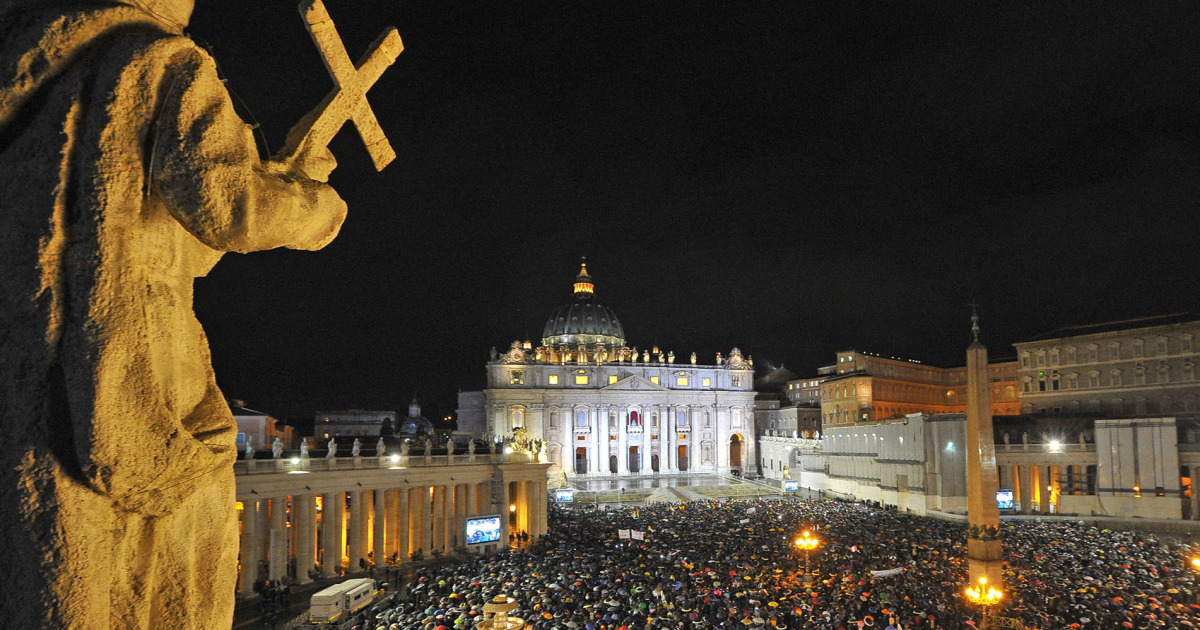Key takeaways:
- The tradition of papal conclaves, originating in 1268, began with dramatic events such as the first conclave in Viterbo, Italy, where cardinals were locked in and given only bread and water until a pope was elected, setting a precedent for future conclaves marked by intrigue and deliberation.
- Modern papal elections have evolved into a more structured process, yet remain a subject of great interest and speculation; the upcoming conclave to choose Pope Francis’ successor is expected to be less contentious but still uncertain, reflecting the secretive nature of these gatherings.
- Pope Francis has expressed his wish to be buried in the Basilica of Santa Maria Maggiore in Rome, a site not used for papal burials since the 17th century, underscoring his personal devotion, while the Catholic Church’s traditions surrounding papal funerals continue to draw global attention.
The tradition of papal conclaves, which dates back to 1268, has a storied history filled with dramatic events and significant changes over the centuries. The first conclave, held in Viterbo, Italy, lasted nearly three years and concluded only after the local townspeople intervened by locking the cardinals in their palace, removing the roof, and providing them with only bread and water until a new pope was elected. This historical event set the precedent for future conclaves, which have often been marked by intrigue and intense deliberations.
Papal elections have evolved significantly since those early days, with modern conclaves characterized by a more solemn and structured process. Despite these changes, the selection of a new pope remains a matter of great interest and speculation. Vatican observers note that while the upcoming conclave to choose Pope Francis’ successor is unlikely to be as contentious or prolonged as those in the past, the outcome is still uncertain. The term “conclave” itself, derived from the Latin “cum clave,” meaning “with key,” reflects the secretive and exclusive nature of these gatherings.
Pope Francis, who has expressed his wish to be interred in the Basilica of Santa Maria Maggiore in Rome, has been mindful of his advancing age and health. This basilica, dedicated to the Blessed Virgin Mary, has not been the burial site for a pope since the 17th century, when Pope Clement IX was laid to rest there. The choice of this location underscores the pope’s personal devotion and connection to the historic church.
Historically, papal funerals have been grand ceremonies, reflecting the stature and influence of the pope within the Catholic Church. These events have often mirrored the opulence of Renaissance princely funerals, highlighting the pope’s dual role as a spiritual leader and a figure of significant temporal power. As the Catholic Church prepares for the eventual transition of leadership, the traditions surrounding papal elections and funerals continue to capture the attention of the faithful and observers worldwide.



Be First to Comment